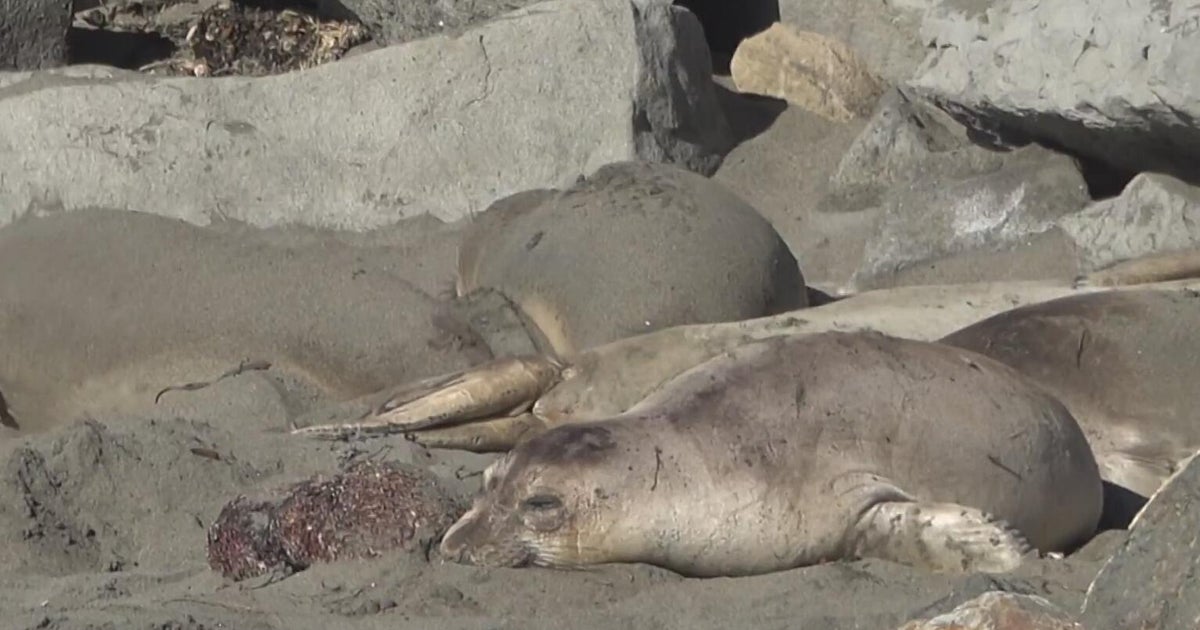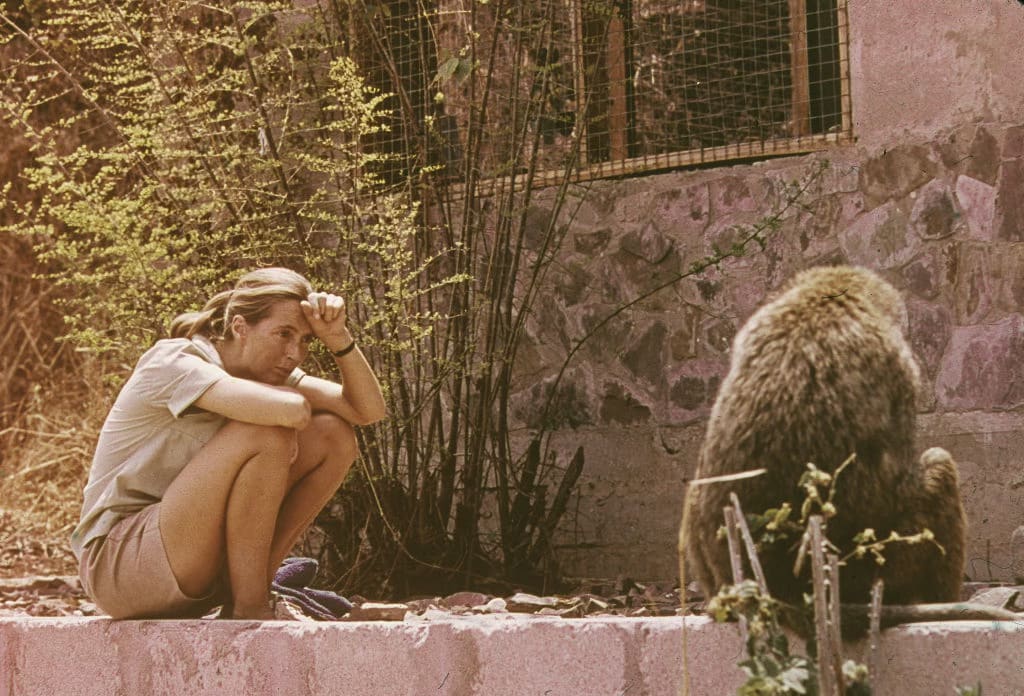Turtle species among the most endangered in the world saved from extinction
A turtle species that was once believed to be extinct was rediscovered and now faces little danger of biological extinction, researchers who worked to repair the species announced this month. The Burmese roofed turtle – which looks like it is always smiling – is one of the most endangered turtles in the world, according to the Wildlife Conservation Society (WCS).
Conservationists from WCS, Turtle Survival Alliance (TSA) and Myanmar Forest Department rediscovered the turtles in the wild in the early 2000s and have since worked to repair the species.
In a press release last week, WCS said the turtles are so poorly studied that "no one had ever gotten around to describing the hatchlings until a recent study published in the journal Zootaxa."
According to the study by researchers from WCS, TSA, Global Wildlife Conservation, and Georgetown University, the Burmese roofed turtle is a large, aquatic, herbivorous turtle that is found in major river systems of Myanmar.
A long-term decline in population resulted from chronic egg collecting, subsistence harvesting of adults, and loss of critical nesting habitat, the study reads. The species became a candidate for extinct status in the 1990s.
However, a living Burmese roofed turtle was purchased in a Chinese wildlife market and came into the possession of an American turtle collector in the early 2000s. Soon after that, two populations were discovered in the Dokhtawady and upper Chindwin Rivers in Myanmar.
"Today, sandbanks used as nesting sites by females are monitored, and eggs are collected and incubated under natural conditions at a secure facility in Limpha Village, Sagaing Region, Myanmar," WCS said in the press release. "The offspring are 'head-started' for eventual repatriation into the Chindwin River."
WCS said the captive population of Burmese roofed turtles is now approaching 1,000 turtles, meaning the species appears to be in little danger of biological extinction. "Complementary conservation efforts are focused on the remaining wild population, which consists of five to six adult females and perhaps as few as two males," WCS said in the release.
Earlier this year, conservationists with WCS and TSA in Myanmar announced that for the first time, an isolated female Burmese roofed turtle who has never been known to produce fertile eggs deposited a clutch of 19 eggs. Fourteen of the eggs hatched in May.
The turtle was on the Chindwin River when she produced the eggs, and conservationist attribute this to a group of 20 young males who were raised in captivity and released into the river in late 2018.
Conservationists collect eggs laid by the remaining wild females in February and March each year and incubate the eggs at a remote riverside village, WCS said in the press release. The eggs hatch in May and June, and then babies are raised for for 5-6 years in captivity before conservationists return them to the river.
"Captive-breeding groups have also been established at several zoos and wildlife sanctuaries in Myanmar to produce additional hatchling turtles for eventual release," WCS said in the release.






